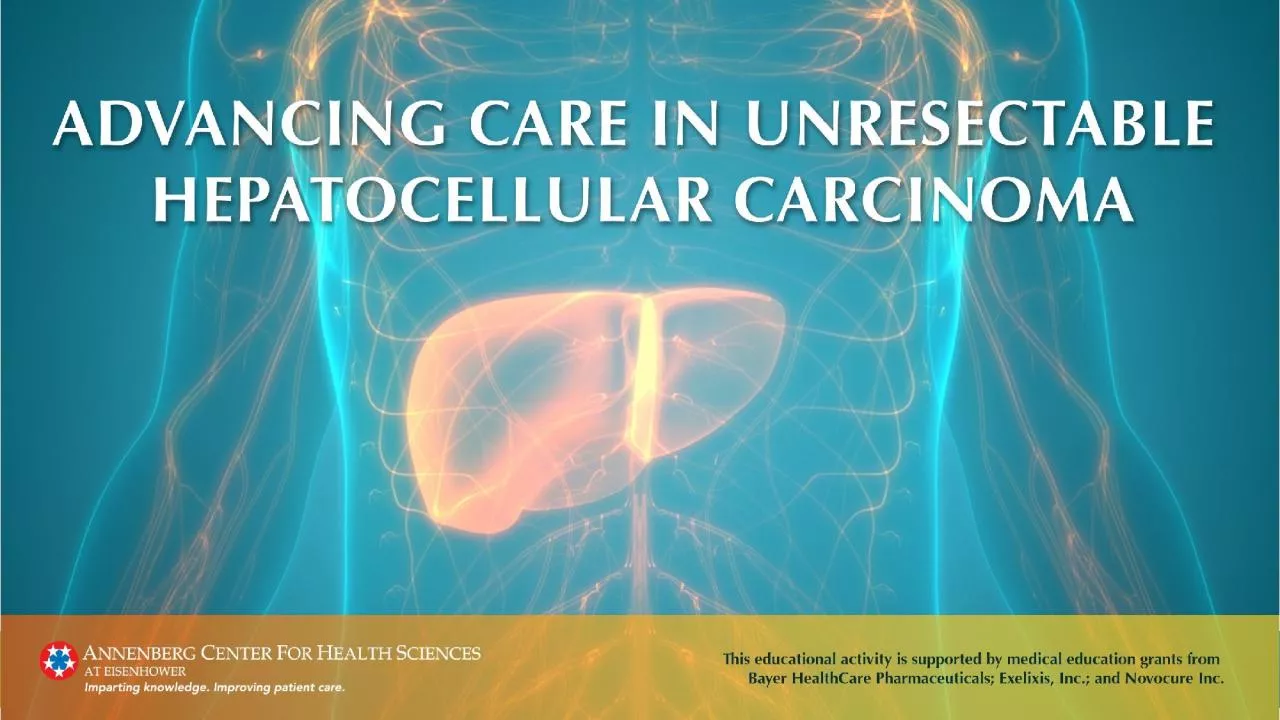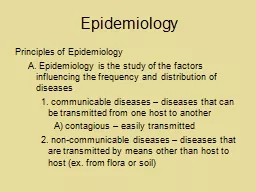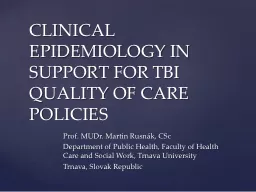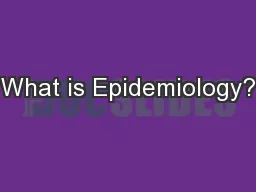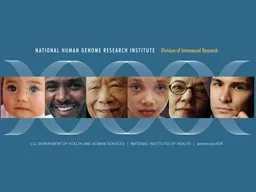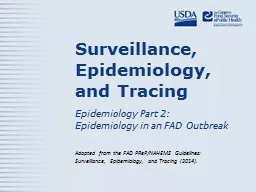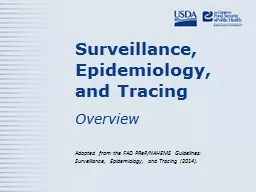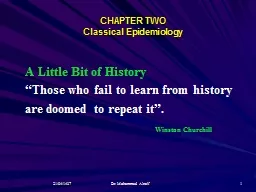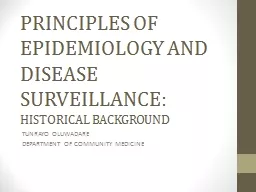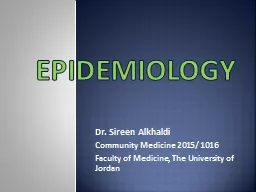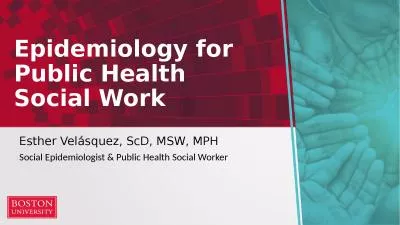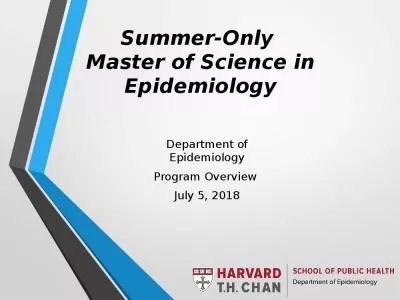PPT-Red Line: Overview Current Epidemiology &
Author : hadley | Published Date : 2023-11-19
Future Trends Worldwide Liver Cancer Incidence amp Mortality Image courtesy of Wikimedia Commons httpsenwikipediaorgwikiFileLivercancerworldmapDeathspermillionpersonsWHO2012svg
Presentation Embed Code
Download Presentation
Download Presentation The PPT/PDF document "Red Line: Overview Current Epidemiology ..." is the property of its rightful owner. Permission is granted to download and print the materials on this website for personal, non-commercial use only, and to display it on your personal computer provided you do not modify the materials and that you retain all copyright notices contained in the materials. By downloading content from our website, you accept the terms of this agreement.
Red Line: Overview Current Epidemiology &: Transcript
Download Rules Of Document
"Red Line: Overview Current Epidemiology &"The content belongs to its owner. You may download and print it for personal use, without modification, and keep all copyright notices. By downloading, you agree to these terms.
Related Documents

